Optimal Timing for Water Treatments
Water treatments are essential for maintaining water quality and ensuring the safety of drinking water, industrial processes, and agricultural use. Proper timing of water treatments can maximize their effectiveness and prolong system life. Seasonal variations, water source conditions, and usage patterns influence the optimal timing for treatment procedures.
Spring and fall are ideal for comprehensive water treatments, as they align with seasonal changes and water source fluctuations.
Periods of heavy rainfall or drought can affect water quality, making treatment more necessary during these times.
High water usage seasons, such as summer, may require preemptive treatments to prevent system issues.
Scheduling treatments during planned maintenance ensures minimal disruption and optimal system performance.

Filtration systems and chemical dosing units in operation.
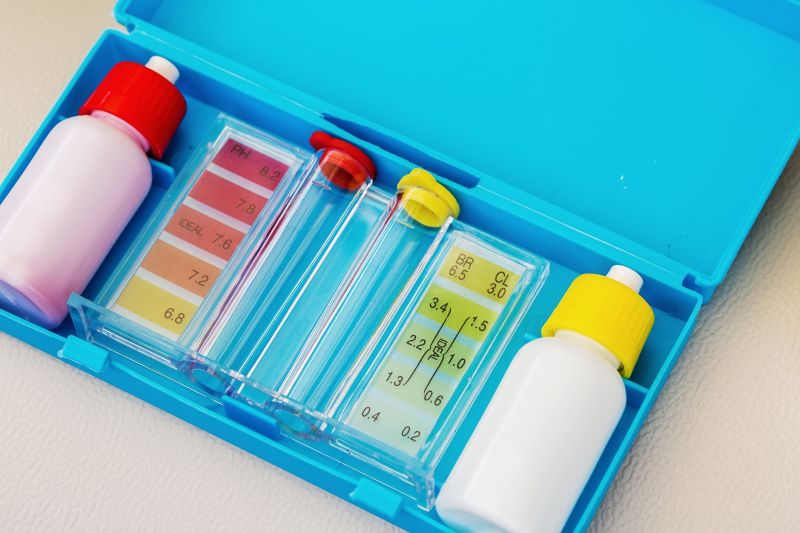
Samples being collected for analysis.

Chemical dosing happening at treatment plant.
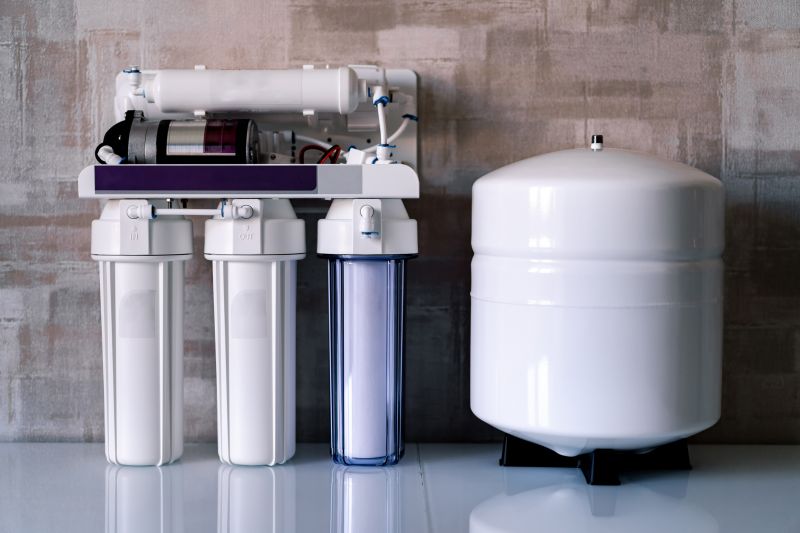
Multi-stage filtration setup in place.
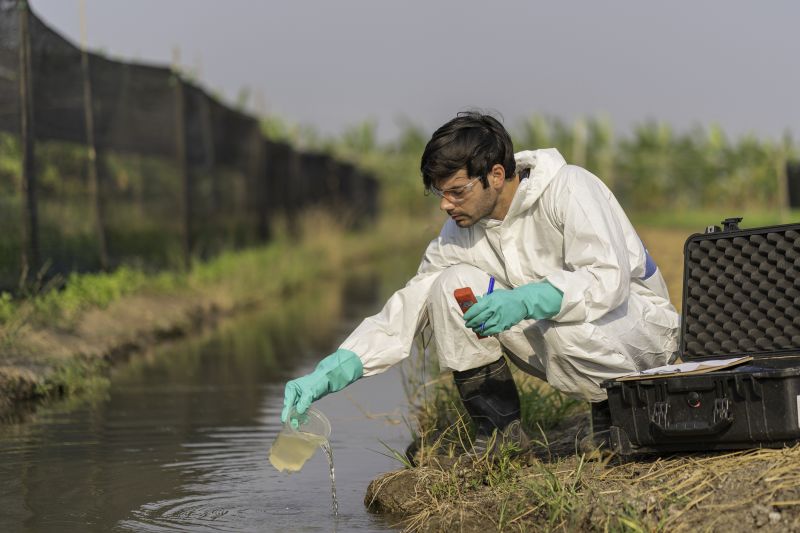
Monitoring equipment measuring water parameters.

Chemical and disinfectant dosing systems.
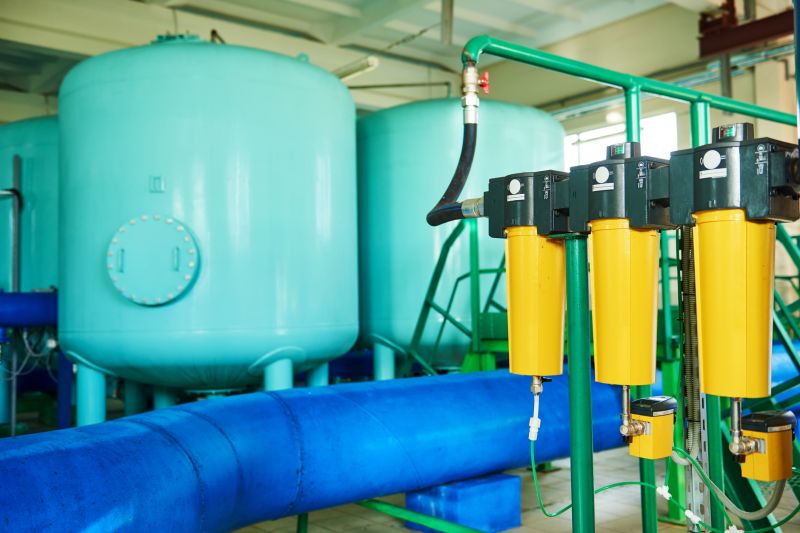
Operational treatment plant exterior.
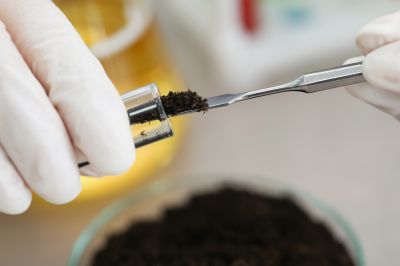
Samples ready for laboratory analysis.
| Timing Factors | Details |
|---|---|
| Seasonal Changes | Spring and fall are optimal for comprehensive treatments. |
| Water Source Conditions | Heavy rainfall or drought periods may require treatment adjustments. |
| High Usage Periods | Summer months often see increased demand, necessitating pre-treatment. |
| Maintenance Schedule | Align treatments with planned maintenance for efficiency. |
| Regulatory Requirements | Compliance standards influence treatment timing. |
| Water Quality Fluctuations | Monitor for spikes in contaminants to determine treatment needs. |
| System Lifecycle | Regular treatments extend system lifespan and performance. |
Water treatments involve processes such as filtration, disinfection, and chemical adjustments to ensure water safety and quality. The timing of these treatments is crucial for their effectiveness, preventing issues like microbial growth, scaling, and corrosion. Properly scheduled treatments can reduce operational costs, improve water clarity, and meet regulatory standards. Regular monitoring and analysis help determine the most appropriate times for intervention, especially when water sources are subject to seasonal or environmental variations.
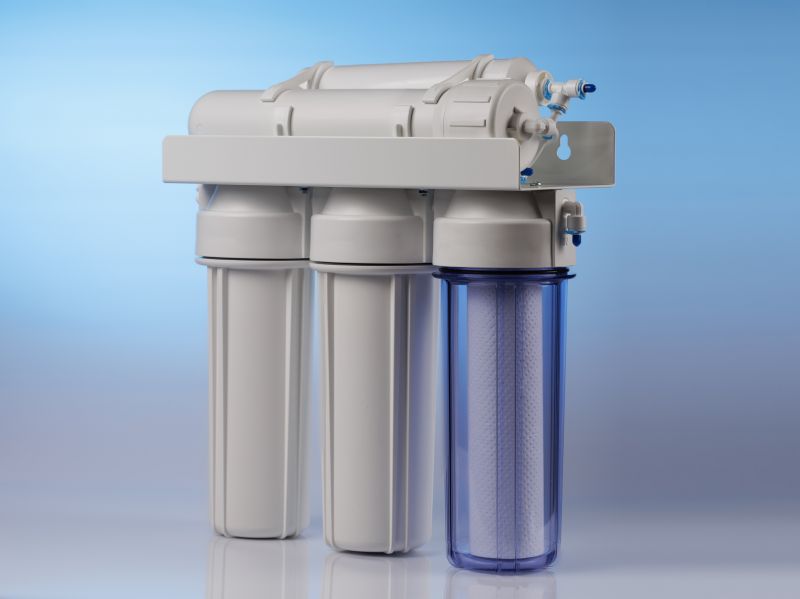
Complete treatment system setup.

Samples being analyzed for quality.
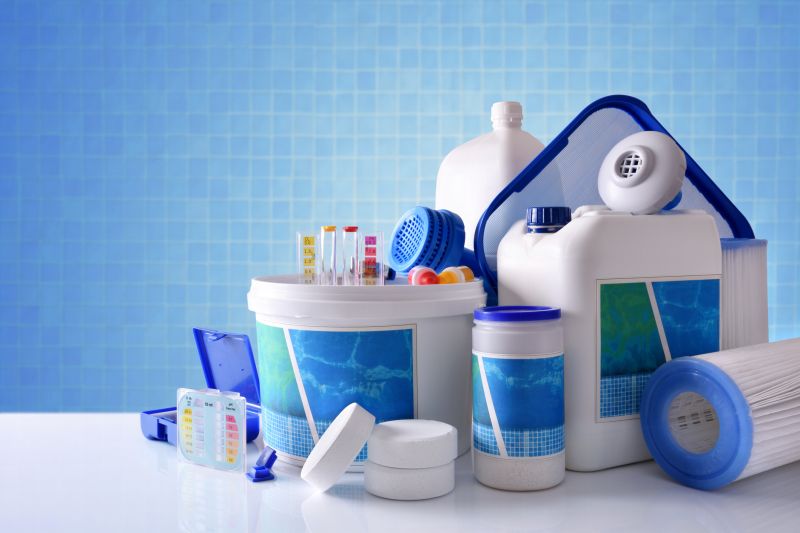
Precise chemical application in progress.
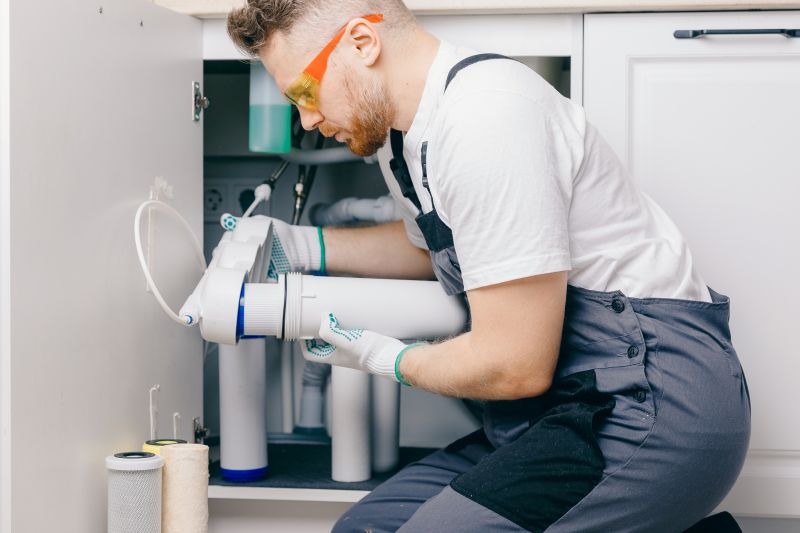
Monitoring water parameters on site.

Ways to make Water Treatments work in tight or awkward layouts.

Popular materials for Water Treatments and why they hold up over time.
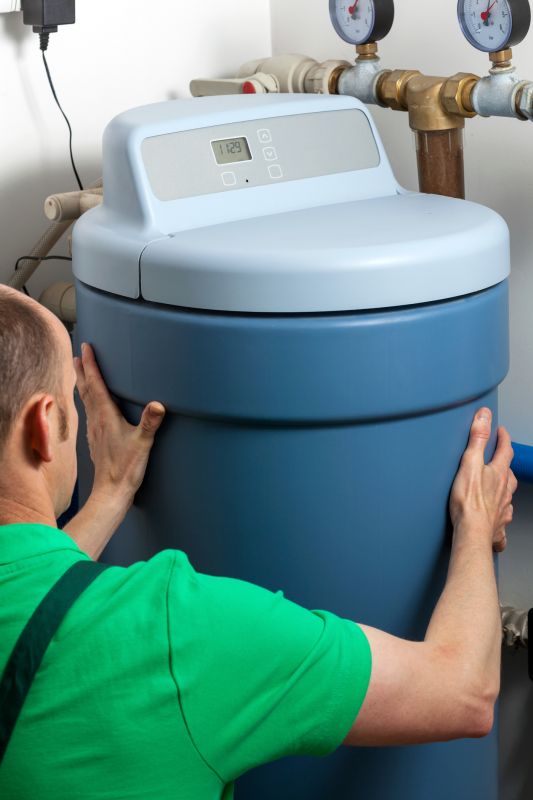
Simple add-ons that improve Water Treatments without blowing the budget.
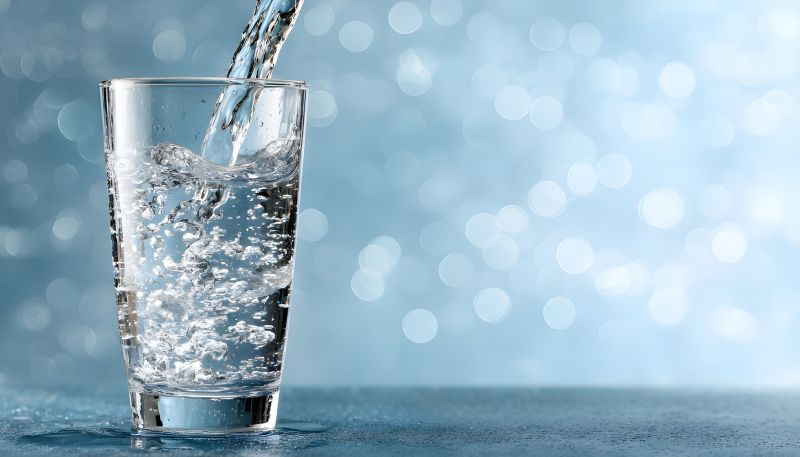
High-end options that actually feel worth it for Water Treatments.
Interested parties are encouraged to contact for more information about scheduling water treatments. Proper timing ensures water quality and system longevity, making it a vital aspect of water management strategies.

